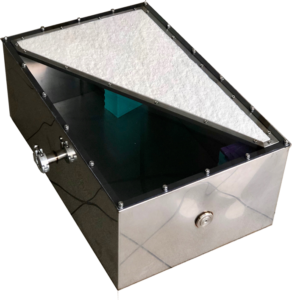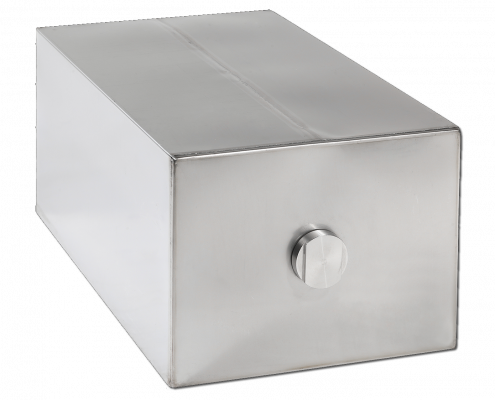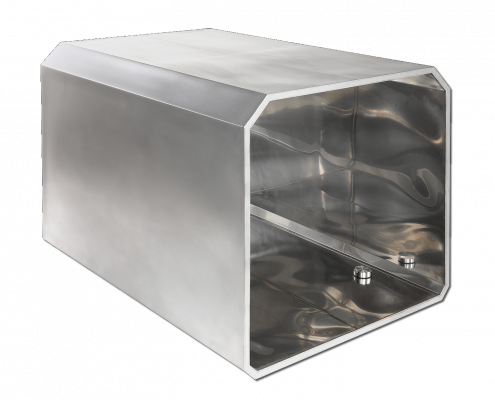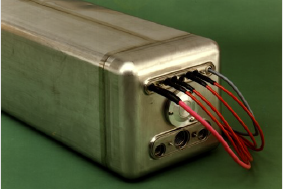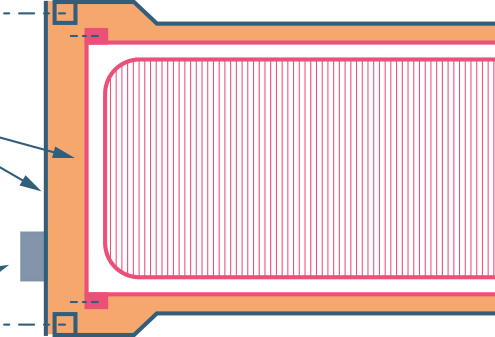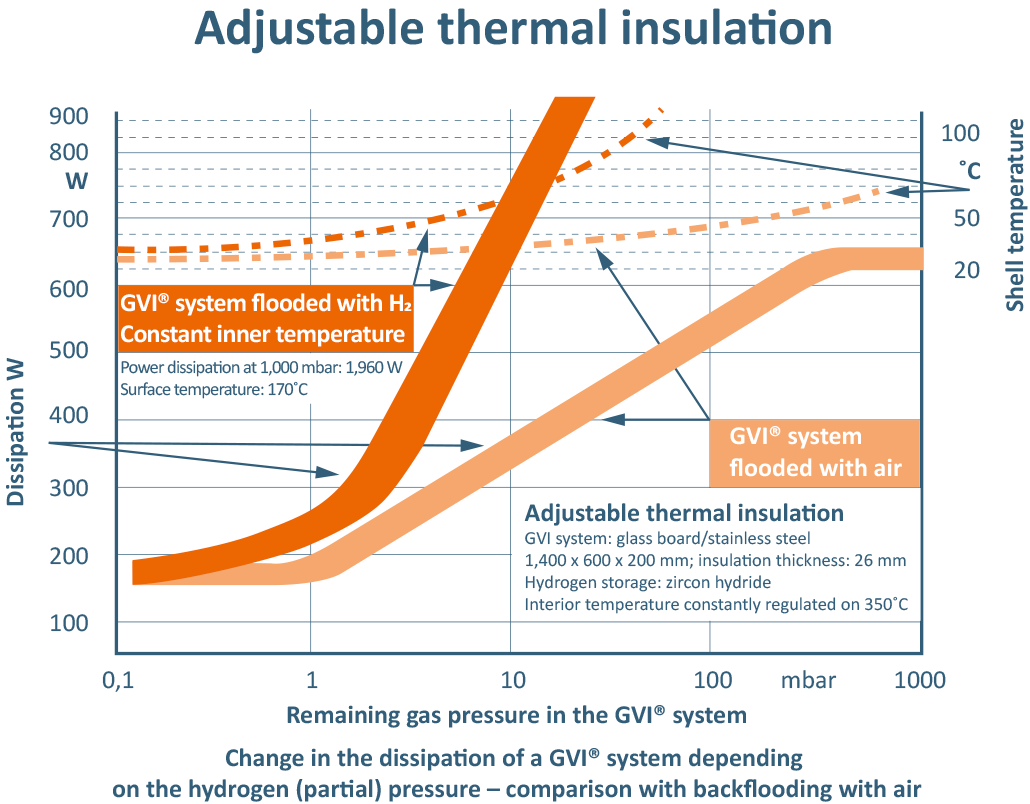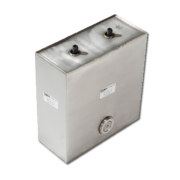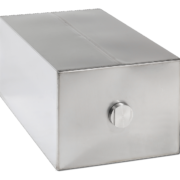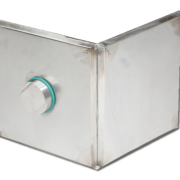TECHNOLOGY
GVI® housings for longer battery life
The vicious circle with batteries
Batteries have a so-called “feel-good” temperature. Only in this temperature range do they deliver their full power; however, the power curve drops by up to 50 percent and battery service drops rapidly when they operate above or below this temperature. This problem is familiar from electric vehicles: The battery of an e-car left in a cool place for a long time in winter needs to be actively heated during this time in order to provide its power when needed. This leads to a drop in battery performance – and to a decrease in the range of the vehicle.
Heat is generated in warmer environments and when charging the energy stores. The more power that is input, the higher the heat generation and the lower the energy density. The lifecycle decreases in this case, as well, and the batteries can even burst in the worst case.
Manufacturers are trying to counteract this problem with active cooling. However, this also requires additional energy from the battery. GVI® technology breaks this vicious circle once and for all.

